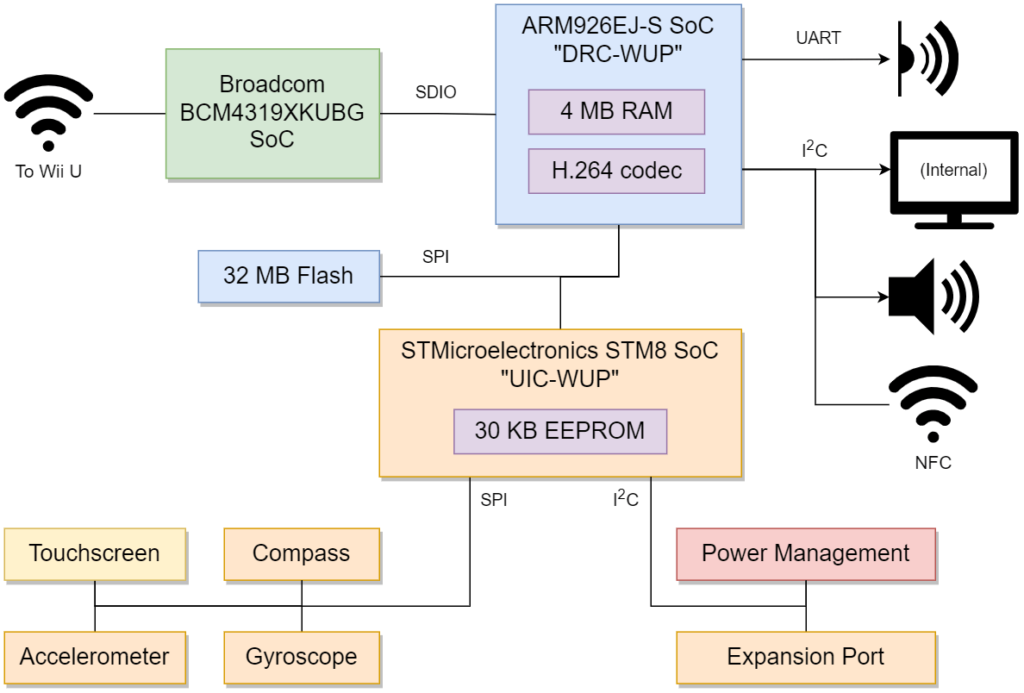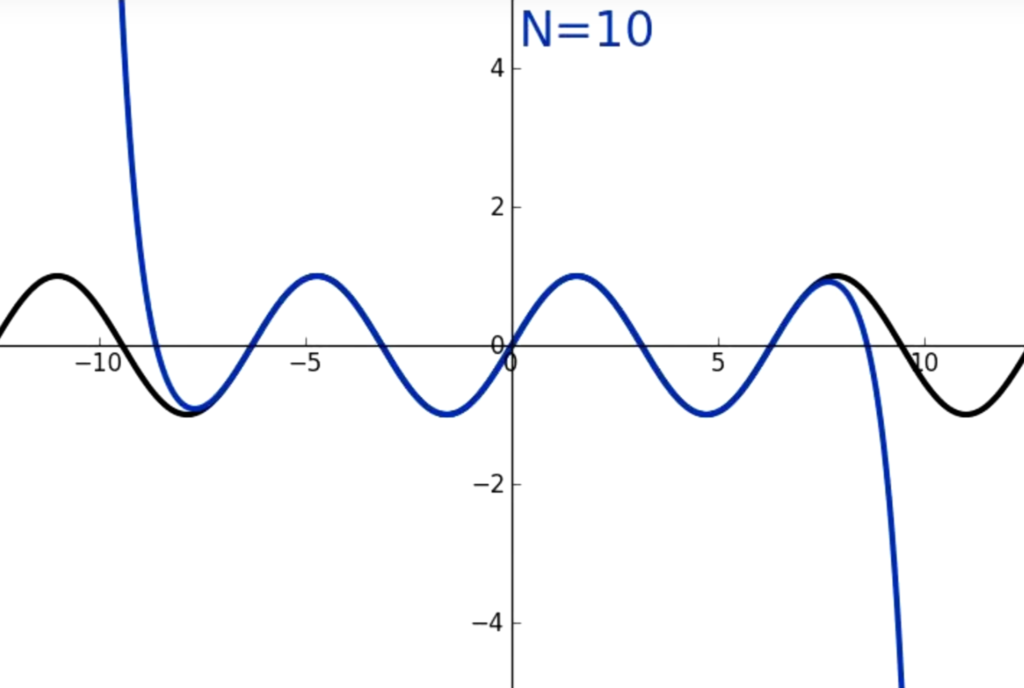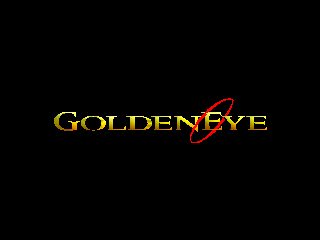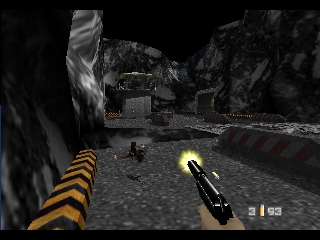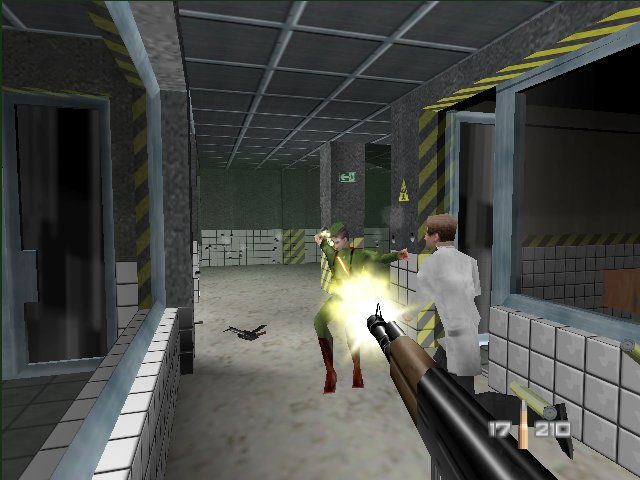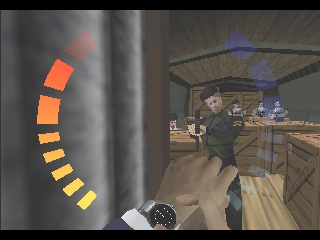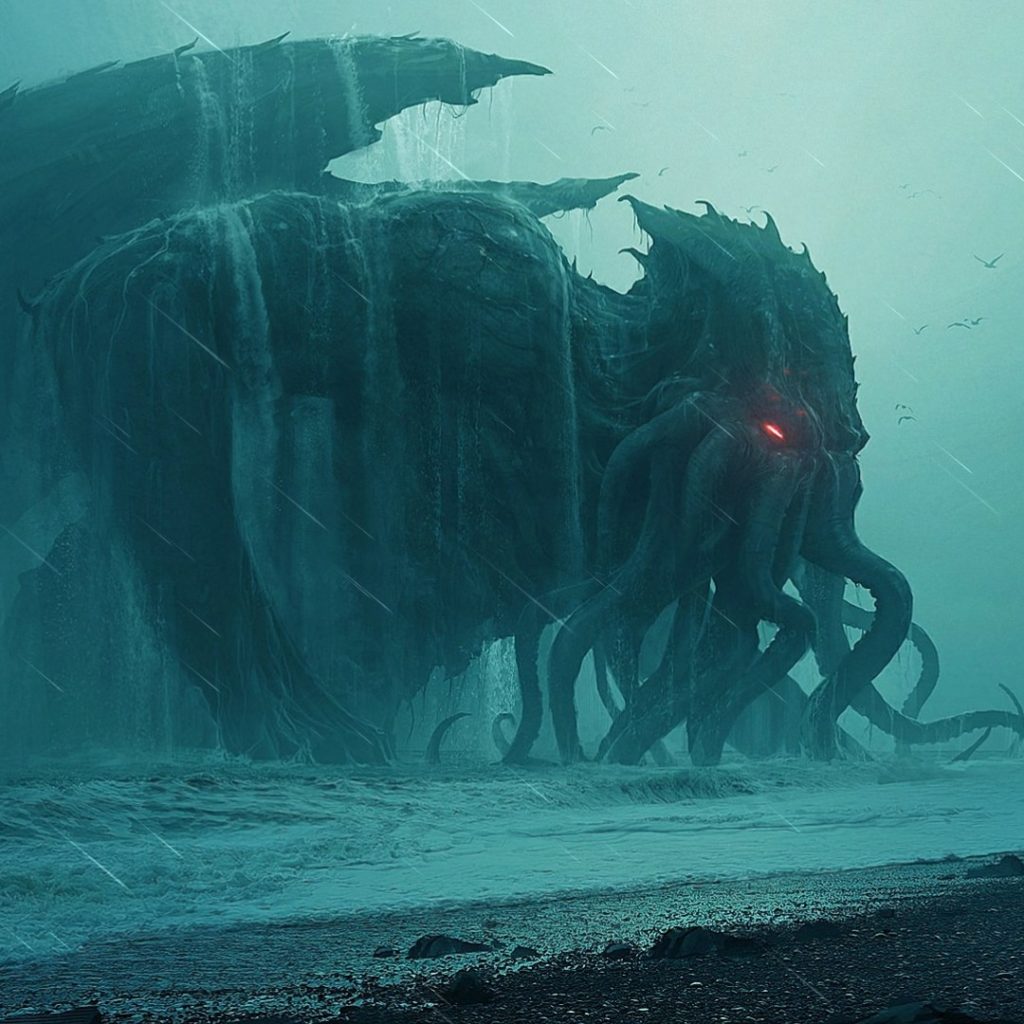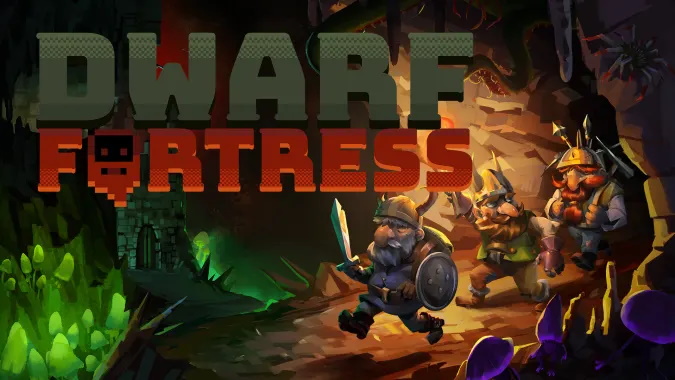The Nintendo 64 broke ground for Nintendo in many ways, but arguably the worst part of that was the controller.
I’m not one of the people who complains about not understanding the controller or how to hold it. That part’s pretty easy to understand: you hold it one way, with the central prong in your left hand and the right handle in your right, for games that use the control stick like Super Mario 64; you hold it with one handle in each hand for games that instead use the Control Pad. It makes sense that Nintendo still wanted to feature the Pad prominently since it was one of the defining characteristics of the NES and SNES era.
The Control Pad is durable and easy to use, even if it does result in bruised thumbs when pressed with force, as can happen in challenging games. What’s not so durable is the N64’s signature control device: the Analog Stick. A special design that didn’t see much update after the Nintendo 64, because of the “white dust of death,” a mysterious fine powder that emerges from the inner workings of the stick after heavy use. Along with the powder always came degraded control performance: the stick would lose some of its tight feel, wobbling when shaken, and would no longer recognize the full extend of its range. All official N64 control sticks would succumb to the dreaded dust with time.
During the console’s life the source of the powder wasn’t common knowledge. It turns out it’s the result of the control stick grinding against its housing and actually rubbing itself in a fine dust. The looseness came from the powder getting into the tight confines of the stick’s mechanism, and from the pivot chamber getting looser as it was ground away by the joystick.
Some games were notorious for decreasing a controller’s working life. The Mario Party series was infamous for demanding rapid spins of the control stick, that could produce the dreaded dust and wobble after surprisingly few games. But with use, it seemed that all the official joysticks would succumb to it eventually. Third-party sticks, such as the then-ubiquitious MadCatz sticks, didn’t suffer from the problem, but their control sticks weren’t as sensitive, and required a smidge more force to push. For demanding play, the official sticks are a must.
This has resulted in a big problem. Since all the Nintendo-made N64 sticks degrade eventually with use, and Nintendo isn’t making them any more, speedrunners playing on original hardware have few options for playing games the way they were intended by their designers. Some jealously hoard pristine sticks, which have become expensive, while others work to make replacements.
Retromeister on Youtube has made a 24-minute video explaining the problem, and the lengths to which runners have resorted to keep themselves playing. And this, following, is that very thing:

